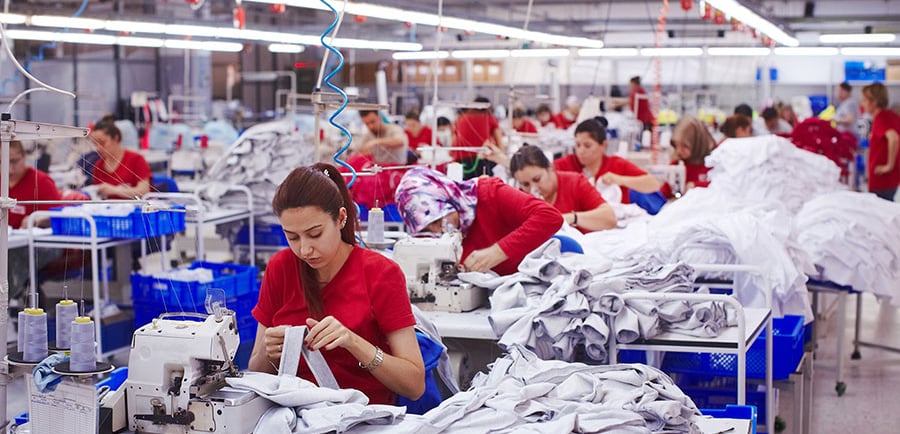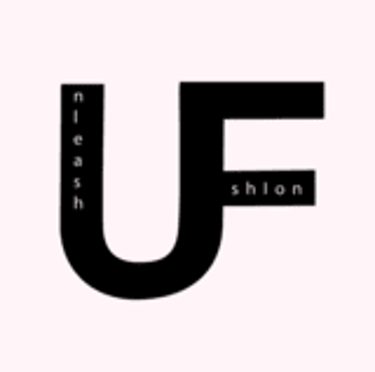Why Cannot Fashion Remove Labor Exploitation From Its Supply Chains?
LATEST NEWS
3/17/20253 min read


In all the glitter and glamour of the fashion industry's creativity lies a darkly unnoticed aspect of the exploitation of labor in its supply chains. Despite certain attempts on the part of various brands, including Patagonia, Nike, and Lululemon, to somewhat address these problems, labor exploitation still poses considerable threats for many, especially in towns and cities of countries that have long-standing migrant worker problems, such as Taiwan. Thus, in this article, we shall examine why, despite clean intentions amongst fashion brands, labor exploitation continues to exist undeterredly in their supply chain and, of course, the complexity of dealing with them.
The Issue of Labour Exploitation in Taiwan
An investigation put together by the nonprofit Transparentum unveiled the depth of labor exploitation within Taiwan's textile industry. Strictly acting out for these respective unions, day laborers from Vietnam, Thailand, Indonesia, and the Philippines executed certain pledges to pay exorbitant recruitment and work fees, often upwards of $6000. This was done to win jobs at what could have been Taiwanese factories linked with at least 50 global brands, some of which include Adidas, Nike, and Puma. Many of these laborers were brought in under forms of debt bondage, a complicated production of modern-day slavery. Some 13 factories of 9 suppliers were determined to contain most aspects of some case workers from the allowed employment conditions, including initiation with some passport confiscation acts.
Brands' Efforts to Address Labor Exploitation
Brands such as Patagonia, Nike, and Lululemon have been working hard to deal with labor exploitation at their suppliers in Taiwan. For instance, Patagonia went beyond simply monitoring the factories manufacturing its products to also include their suppliers, like fabric mills in Taiwan. The company adopted new training programs for suppliers, drew up a list of expectations for sourcing new materials, intending to eliminate recruitment fees by 2020. Likewise, Nike and Lululemon joined those ranks, together with a smattering of other brands, like Adidas and Puma, pursuing green goals along the same lines.
Key Challenges in Breaking Labor Exploitation
This said, there are myriad challenges in making labor exploitation legible for supply chains:
A Complex Supply Chain: The fashion supply chains are opaque and often complex, making it nigh impossible for brands to monitor and track every single level of production. The use of subcontractors and third-party brokers creates complicated situations enabling such bad practices to lingeron.
No Enforceable Rules or Checks for the Regulation of the Supply Chain: There are numerous countries where textile production occurs, yet most do not have any solid regulations and supervision that would switch off the possibility of malpractice. To evade accountability in courts, brands often tend to overlook certain checks of theirs on the supply chain, which goes on to serve amidst exploitation.
Market Pressures: The principle fast fashion model, typical of quick trend cycles and cheap pricing, is grossly dependent on cheap labor. The pressure to keep margin levels above a certain threshold sometimes leads to brands overlooking pressing labor issues embedded within their supply chains.
In-house Improvements: The improvements any one brand can implement at specific factories are better instituted collectively on an industry level along with regulation support. Transparentem's investigation inspired the scattered measuring effort among industry stakeholders to address labor exploitation. However, more can be done in this regard.
Need for Structural Change
The fashion industry continues to show the prevalence of labor exploitation, and the great need is for structural change. This includes:
Stronger Legislation: Governments of both receiving and sending countries must have laws banning any charges or further payments from workers for recruitment. This would imply national cooperation and enforcement on an international scale.
Uniform Standards: A structure for responsible practices for recruitment and employment across the industry ought to be established. An example will include the planned standards by the Taiwan Textile Federation to make sure all brands walk the ethical round.
More transparency and accountability: Brands must be answerable for their labor practice from the row to the auxiliary suppliers. This will need more transparency and lawful audits to track and prevent abuses. Start Conscious
Consumer Action: Consumers also play an interest in some changes by supporting brands with ethical labor policies and calling for policy reforms for workers.
Conclusion
Getting the leeches of labor exploitation off the skin of the fashion industry's supply chain is highly difficult and requires continuous thrusts by the brands, governments, and even the consumers themselves. Apart from a little sweat to achieve the noted progress in Taiwan, much more work lies ahead until workers along the entire fashion supply chain are granted their dignity. Recognizing the genesis of labor exploitation and pushing for upcoming structural change might bring the world a little closer to a period of haberdashery beauty and fairness.
